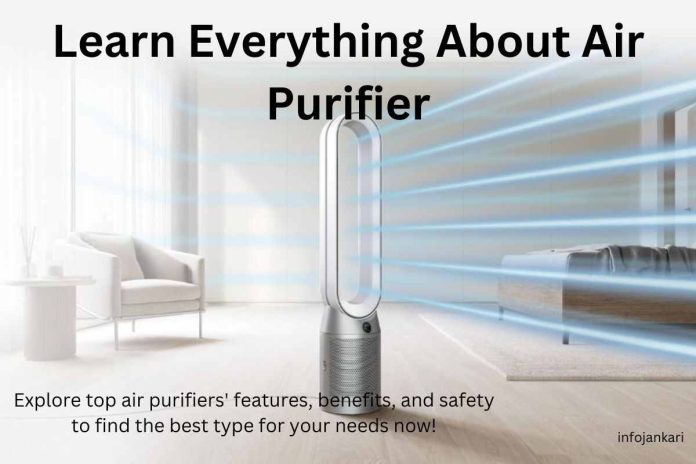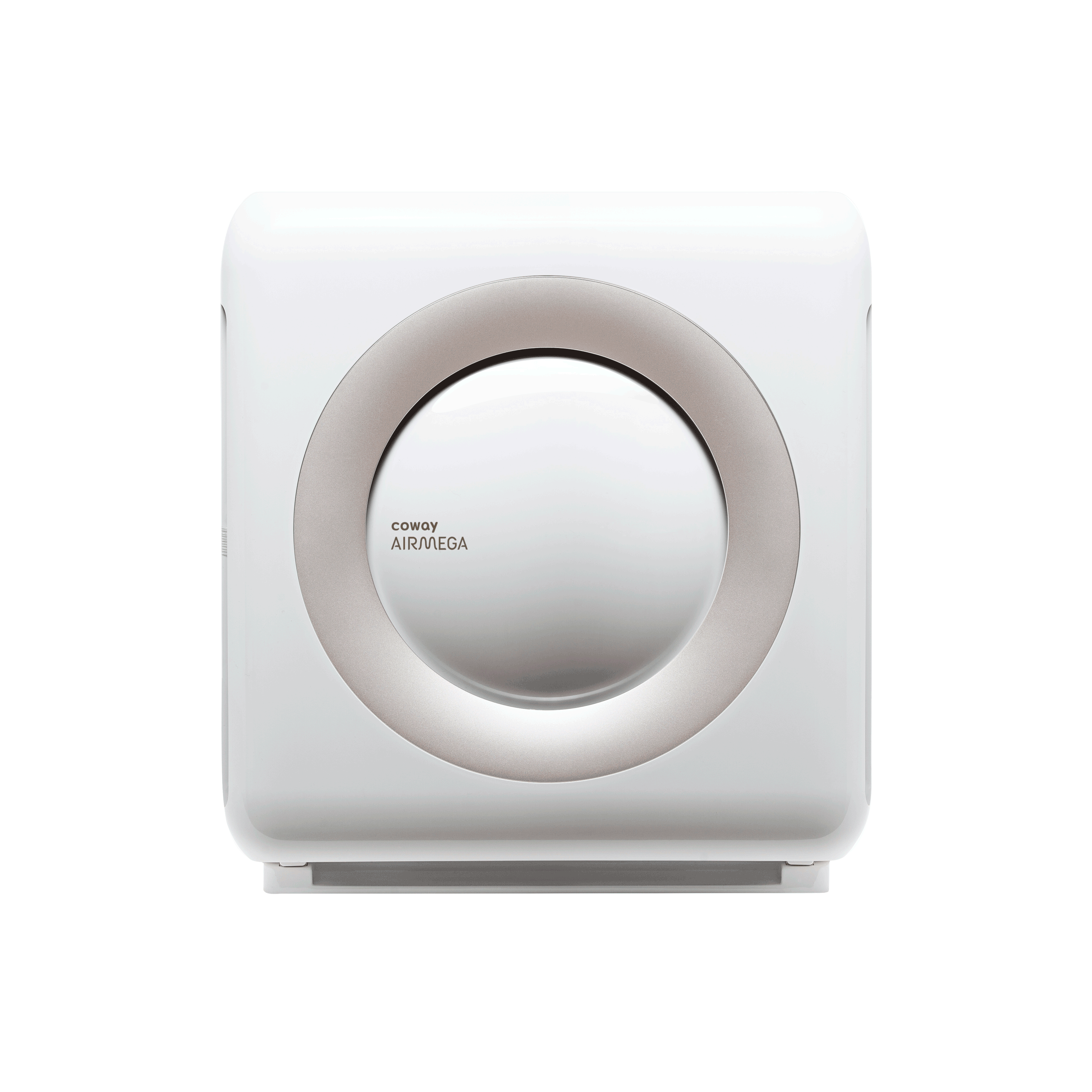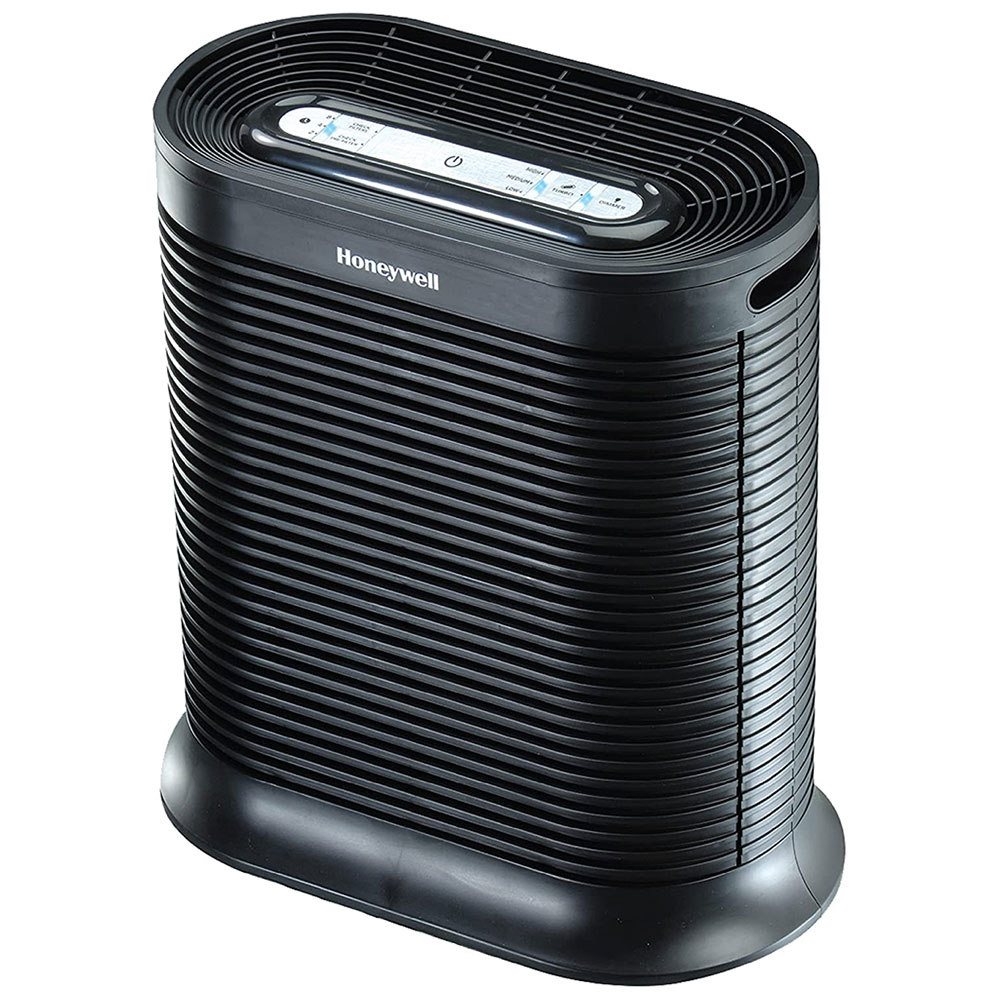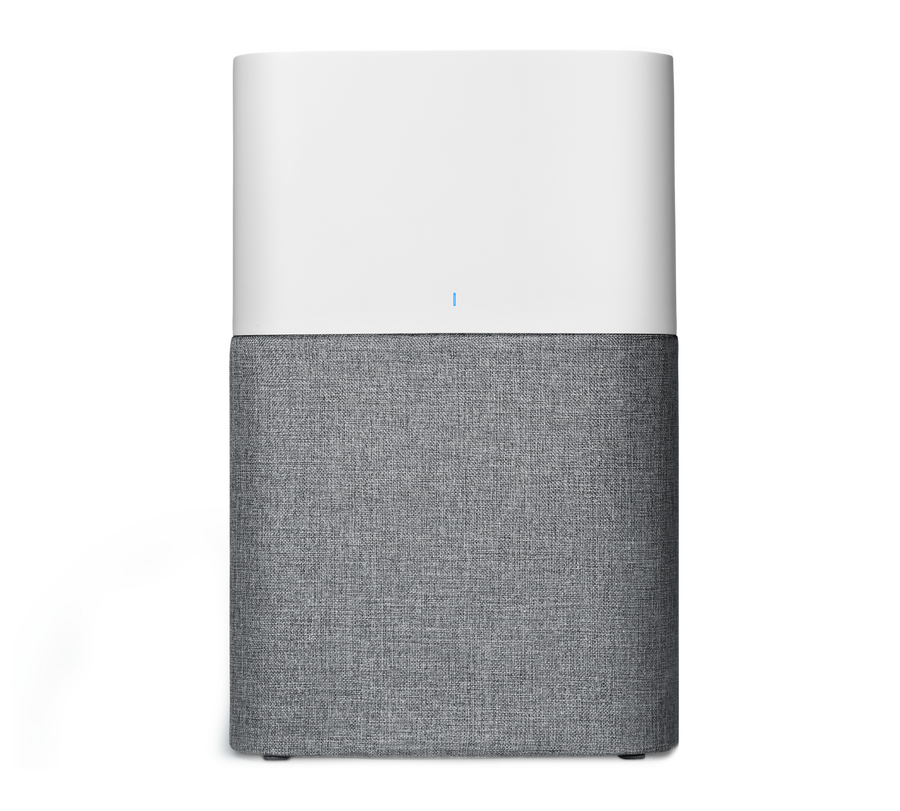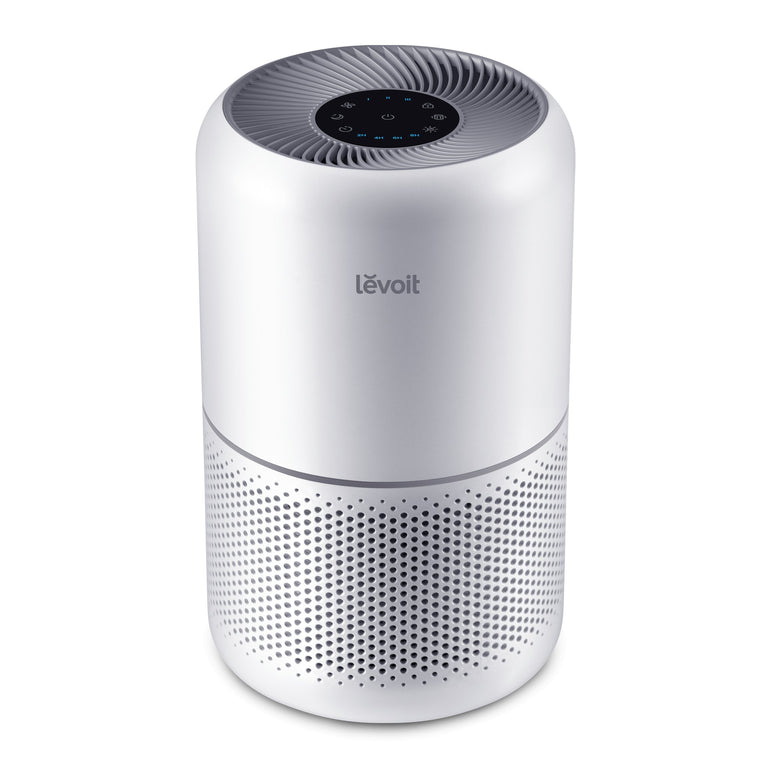In today’s world, where pollution levels are on the rise and allergens can trigger serious health problems, investing in an air purifier is more important than ever. Air purifiers work by filtering out harmful particles from the air, such as dust, pollen, smoke, and pathogens, providing cleaner, healthier air to breathe. This is especially beneficial for individuals with asthma, allergies, or other respiratory conditions who are particularly sensitive to airborne irritants.
The Importance of Air Purifiers
The importance of air purifiers extends beyond just improving air quality. They also have a significant impact on overall health and well-being. Cleaner air can lead to better sleep quality, fewer allergy symptoms, and reduced exposure to harmful pollutants that can cause long-term health issues. In homes with pets, air purifiers can help manage pet dander and reduce associated allergies.
Another crucial factor to consider is indoor air pollution. Modern homes are often built to be energy-efficient, which means they are sealed tighter, trapping contaminants inside. Household items like furniture, paints, and cleaning products can release volatile organic compounds (VOCs), adding to indoor air pollution. An effective air purifier can capture these harmful substances and reduce their concentration.
Whether you’re concerned about seasonal allergens, smog, or just want to ensure a healthier environment for your family, an air purifier can be a worthy investment. Understanding their importance is the first step towards making an informed decision that can improve not only your air quality but also your quality of life.
Top-Rated Air Purifiers: Recommendations and Reviews
Choosing the best air purifier can significantly impact your indoor air quality, but with myriad options available, picking the right one can be challenging. We’ve compiled a list of top-rated air purifiers based on performance, user reviews, and expert ratings to help you navigate your choices.
| Product Name | Where to Buy Link | Store Name |
|---|---|---|
| Dyson Pure Cool TP04 | Link | Dyson |
| Coway AP-1512HH Mighty | Link | Coway Mega |
| Honeywell HPA300 | Link | Honeywell Store |
| Blueair Blue Pure 211+ | Link | Blueair |
| Levoit Core 300 | Link | Levoit |
1. Dyson Pure Cool TP04
The Dyson Pure Cool TP04 is a standout for its dual functionality—it serves as both a purifier and a fan. This device is equipped with a HEPA filter that captures 99.97% of pollutants as small as 0.3 microns. Users commend its sleek design and quiet operation.
2. Coway AP-1512HH Mighty
Ideal for medium-sized rooms, the Coway AP-1512HH Mighty is praised for its efficient four-stage filtration system, including a True HEPA filter. It also features an air quality indicator and eco mode, which saves energy when air quality is good.
3. Honeywell HPA300
The Honeywell HPA300 is a reliable option for larger spaces up to 465 square feet. With three air cleaning levels and a Turbo Clean setting, it effectively reduces airborne particles. Users appreciate its straightforward controls and robust performance.
4. Blueair Blue Pure 211+
With its simple design and high efficiency, the Blueair Blue Pure 211+ is great for rooms up to 540 square feet. It uses a combination of mechanical and electrostatic filtration and boasts a high Clean Air Delivery Rate (CADR).
5. Levoit Core 300
For those on a budget, the Levoit Core 300 offers excellent value. Despite its compact size, it features a True HEPA filter and runs quietly. It’s perfect for small to medium rooms and is easy to maintain with its filter reminder.
Selecting the right air purifier depends on your specific needs, whether it’s room size, filtration efficiency, or additional features. The models listed above cater to a range of preferences and budgets, ensuring there’s something for everyone.
Key Features and Performance Metrics
When choosing an air purifier, understanding the key features and performance metrics can help you make an informed decision.
- First and foremost, look for the Clean Air Delivery Rate (CADR), which measures how quickly the purifier can filter air in a room. A higher CADR indicates more efficient air purification.
- Another crucial feature is the type of filtration system. High-efficiency particulate air (HEPA) filters are highly recommended because they can capture up to 99.97% of particles as small as 0.3 microns, including dust, pollen, and certain airborne pathogens. Additionally, activated carbon filters are excellent for removing odors, chemicals, and gases, making them ideal for households with pets or smokers.
- Noise level is another important factor to consider, especially for use in bedrooms or offices. Look for air purifiers that operate quietly, preferably below 50 decibels. Some models feature a ‘sleep mode’ that reduces noise during nighttime use.
- Energy efficiency should not be overlooked, especially if you plan to run the air purifier continuously. Check for Energy Star-rated models to save on electricity costs.
- Lastly, consider smart features and ease of use. Modern air purifiers may come with Wi-Fi connectivity, allowing you to control them via smartphone apps. Automated features like air quality sensors that adjust the machine’s operation based on real-time data can also enhance user experience.
By focusing on these key features and performance metrics, you can choose an air purifier that effectively meets your needs while offering good value and functionality.
Health Benefits: How Air Purifiers Improve Indoor Air Quality
Breathing clean air is essential for staying healthy, especially indoors where pollutants can build up. Air purifiers play a crucial role in enhancing indoor air quality, benefiting your health in several ways.
- Firstly, air purifiers are effective at removing allergens such as pollen, dust mites, and pet dander. These tiny particles can trigger allergic reactions and asthma attacks. An air purifier with a HEPA filter can trap up to 99.97% of these allergens, significantly reducing their presence in your home and providing relief for allergy sufferers.
- Secondly, air purifiers can capture airborne bacteria and viruses. High-efficiency air purifiers equipped with UV-C light technology can kill or deactivate harmful microorganisms, lowering the risk of infections. This is especially helpful during flu season or in households with vulnerable family members like infants or the elderly.
- In addition to allergens and pathogens, air purifiers also combat harmful pollutants such as smoke, VOCs (volatile organic compounds), and other chemical fumes. Activated carbon filters are particularly effective at adsorbing these toxic gases, reducing respiratory issues and long-term health risks.
Moreover, clean air has a direct impact on your mental well-being. Eliminating background pollutants helps improve focus, sleep quality, and overall mood. Poor air quality can contribute to a variety of issues, such as headaches and fatigue, which can disrupt your daily life.
Investing in a quality air purifier does more than just freshen the air – it creates a healthier living environment. With the right unit, you can breathe easier, reduce your risk of illness, and enjoy a more comfortable and safe indoor space.
Cost Considerations: Finding the Best Value for Your Money
Choosing an air purifier can feel overwhelming, especially when considering the cost. Getting the best value for your money involves more than just looking at the price tag; it’s about balancing initial costs, maintenance expenses, and long-term benefits.
- First, understand that higher-priced units often come with advanced features such as smart capabilities, higher CADR (Clean Air Delivery Rate) ratings, and multi-stage filtration systems. While these features can offer superior performance, assess whether you need them based on your specific requirements.
- Maintenance costs are another critical factor. Look at the price and replacement frequency of filters, as these can add up over time. HEPA filters, for example, can be more expensive but offer long-lasting performance. Some air purifiers also come with washable and reusable filters, which can save significantly on recurring expenses.
- Energy efficiency is another consideration. units with Energy Star certification may have a higher upfront cost but will save you money on your electricity bills in the long run. Additionally, check the warranty and customer service quality, as a longer, more comprehensive warranty can protect your investment and reduce future repair costs.
- Lastly, evaluate the size of the area the air purifier will cover. Opting for a unit that’s too small will require it to work harder, potentially leading to higher energy costs and quicker wear and tear. Matching the unit capacity to your room size ensures efficient operation and longevity.
By carefully balancing these factors, you can find an air purifier that meets your needs without breaking the bank, providing you with cleaner, healthier air for years to come.
Expert Tips for Optimal Use and Maintenance
When it comes to maximizing the effectiveness of your air purifier, proper use and regular maintenance are crucial. Follow these expert tips to ensure your unit functions at its best and delivers cleaner, healthier air in your home.
1. Placement Matters:
Position your air purifier in areas where you spend the most time, such as the living room or bedroom. Ensure it’s placed a few feet away from walls or furniture to allow for unobstructed airflow.
2. Filter Check:
Most air purifiers use HEPA or activated carbon filters, which require regular checking and replacement. HEPA filters typically need to be replaced every 6-12 months, while carbon filters may need changing every 3-6 months. Refer to your model’s manual for specifics.
3. Clean Pre-Filters:
Some units come with a washable pre-filter designed to capture larger particles like dust and pet hair. Cleaning this every couple of weeks will extend the life of your main filter and keep the purifier running efficiently.
4. Monitor Air Quality:
Many modern air purifiers have sensors that monitor indoor air quality. Keep an eye on these readings and adjust settings accordingly, especially during high pollution periods or allergy seasons.
5. Maintenance Alert:
Set reminders or notes for when filter replacements or deep cleans are due. Consistent maintenance can prevent wear and tear and avoid unexpected operational issues.
6. Create a Schedule:
Running your air purifier continuously can be beneficial, particularly in rooms with poor ventilation. However, setting it to lower speeds at night and higher during the day can save energy without sacrificing air quality.
By following these expert tips, you can ensure your air purifier operates efficiently, providing you with cleaner air and better health benefits. Remember, a well-maintained air purifier is an investment in your well-being.
Also Read: Breathe Easier: 6 Essential Strategies for Defending Against Air Pollution


